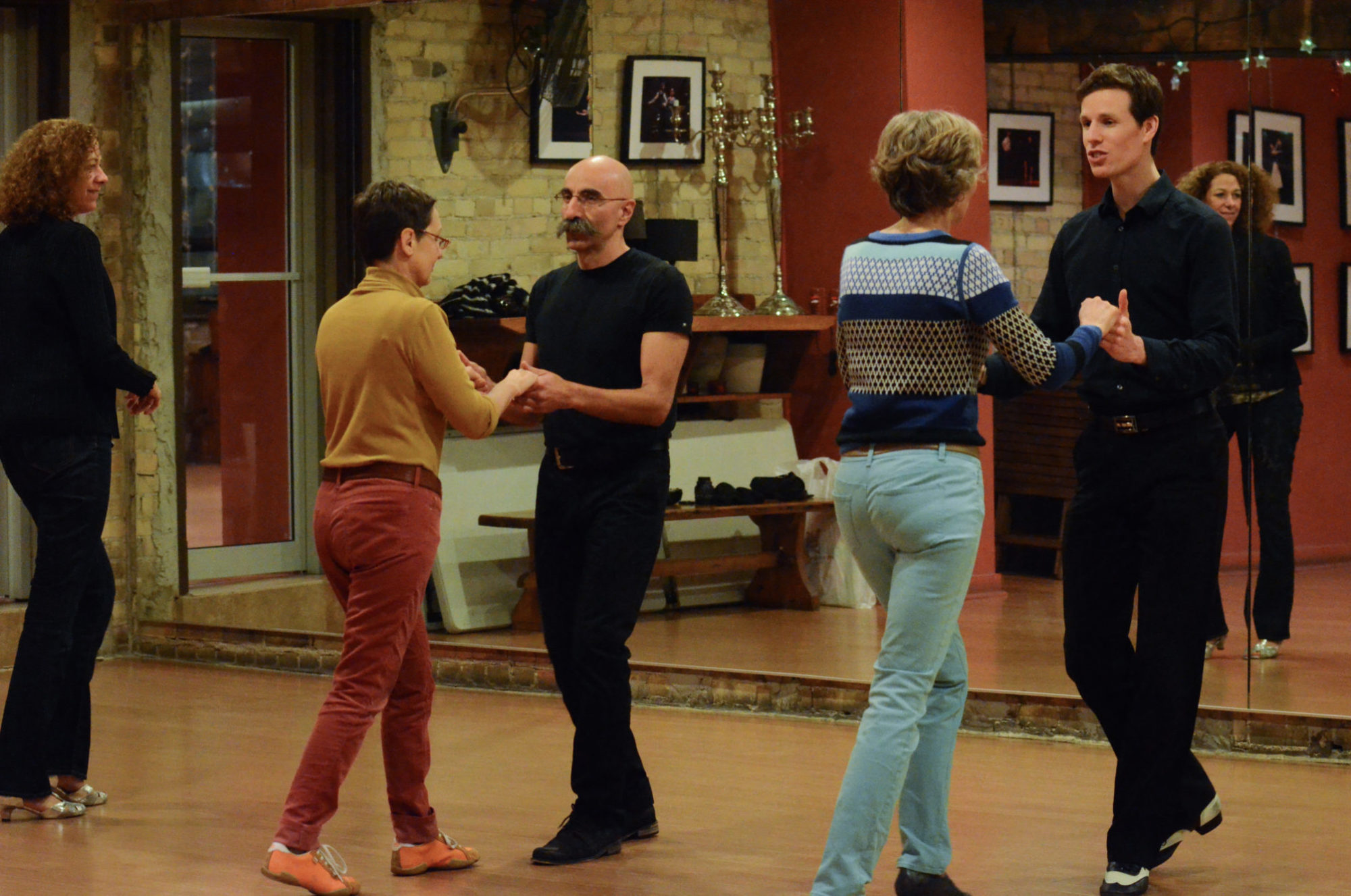Ballet. Hip hop. Jazz. Contemporary. By comparison, ballroom dance is often found wanting, described as ‘stiff, flat, and lacking real self-expression.’ But an expressive dance is defined by more than range of motion alone.
True, you are compromising for your partner, sacrificing some movement so you can move better together. But there’s plenty of character that can still be conveyed, not only through each of you separately, but in the story you tell together.
Expression is more than dramatic kicks, jetés, and tumbles. It is the act of conveying one’s humanity to the world. It is not just seen, but felt, both in yourself and the people you are. Of course, that’s hardly where you start from.
There is a learning curve.
It’s unavoidable that you will initially feel ‘stiff’ together, as you focus on rigid concepts like frame and posture. But don’t be fooled - these techniques simply lay the groundwork for more creative movement later.
You see, before ballroom can become an expressive dance, you must learn how to move together. This can take several lessons initially, but you’ll eventually develop a sense of your partner within a few seconds of social dancing.
Most ballroom dancers make learning to connect with each other their entire goal, never realizing it isn’t the end - it’s where the fun really begins.
Ballroom is both of you.
If you are in a relationship with someone, do you lose your own individuality to that person? Hopefully not! Sure, you change some things for each other, but who you are remains untouched - and your partner will even give it a new dimension.
Likewise, not only is ballroom dance an expressive dance style, it’s arguably more expressive because the two of you are working together, combining your personalities in unique ways.
You can choose your music.
If you like expressive dance, it’s almost guaranteed that you love music! Fortunately, ballroom dance encompass a huge range of music, so there’s something for everybody. Just pick the music you like most and start taking courses in the corresponding dance!
Or maybe you’re coming at it backwards, and prefer certain kinds of movements. With over 12 different styles of ballroom dancing and music to match, odds are there’s at least one that does it for you.
Expression through conversation.
Because many forms of expressive dance are performance-based, the people you are expressing to are usually sitting comfortably in their seats. Ballroom dance gives you another person who can share in your conversation: your partner.
The problem with performances is that there often is no real interaction between the performers themselves; the people who share a passion for dance and know how to convey themselves with it. With ballroom dancing, it’s not only possible, it’s mandatory.
Ballroom dancing isn't just a showcase dance, but a social one as well. With a partner to share your movement, you can express yourself more ‘honestly’ than you could with a crowd of strangers. And connecting with each other is after all, what it’s all about.
About the Author
Ian Crewe has been dancing ballroom for over 18 years, and has a Licentiate in American smooth and rhythm. His passion for dance eventually led him to blogging and the World Wide Web. Ian currently teaches at the Joy of Dance Centre, Toronto, ON, Canada. Click here to see when he's teaching.
